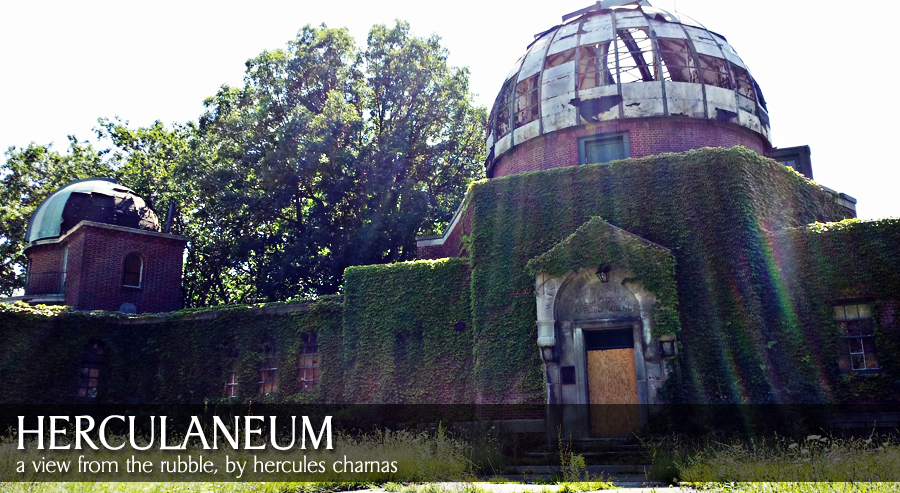crazy crazy...
just blows my dome, dudes.
so, so cool...
Thank you for this, Kip! It makes me wish we had less street and city lights, and more opportunity to just look up and see it all. Can you imagine what our ancestors saw at night on a regular basis???
************************
2 of the best comments:
* Chickstick said, "Each of these little dots is a star. Many of those probably have planets, if not multiple ones. Billions and Trillions of opportunities for life, simple or complex, unaware of their surroundings or stargazing just like us.
Unbelieveable."
Yes. It's very true, Mr. Chickstick. It's completely unbelievable and difficult for me to wrap my head around.
And from Brian Koberlein:
"My God It's Full of Stars
One of the more difficult ideas to grasp in astronomy is the sheer scale of the cosmos. Even as a professional in the field it’s much easier to focus on numbers and data than really step back and appreciate scale. Every now and then there is an image that forces you contemplate scale, such as the Hubble Ultra Deep Field. Now NASA and ESA have released a new image of the Andromeda galaxy. It is the most detailed image of Andromeda ever made,and you can check it out in this video.
The total image has about 1.5 billion pixels, and shows over 100 million stars across 40,000 light years. In the image you can see the brilliant swirls of Andromeda’s spiral arms, but when you zoom in the dusty swirls resolve into individual stars. A vast sea of stars.
Andromeda is relatively close by cosmic standards. It’s only 2.5 million light years away, which is why we can resolve the galaxy in such detail. But this shows only the brighter stars of Andromeda. It’s estimated that Andromeda contains about a trillion stars, most of which are too small and dim to resolve in this image. We’re still only seeing a fraction of the stars in this galaxy.
As you look on this image, keep in mind that this is only part of a nearby galaxy. Our own galaxy would look similar, as would many others. It’s estimated that there are 100 billion galaxies in the visible universe. That’s more than 10 galaxies for every man, woman and child on Earth. Multiply this image by ten, and for all of it there is only one single human being. The same is true for every person on the planet.
Images such as these often give a feeling of smallness. Within the vast cosmos we are merely dust upon dust. But to me it demonstrates just how rare and wondrous each of us are. We can look on an image such as this, see the spirals of stars, and we can understand the cosmos."
And to think we're part of it all...
******************************************
